|
|
| |
| |
|
|
| |
| Index |
| |
| The Story of the First 24 Hours
of Le Mans in 1923 |
| Featuring the Bentley 3.0 Sport as Shot by James
Mann |
| By Stuart Codling on September 30,
2013 |
| |
 |
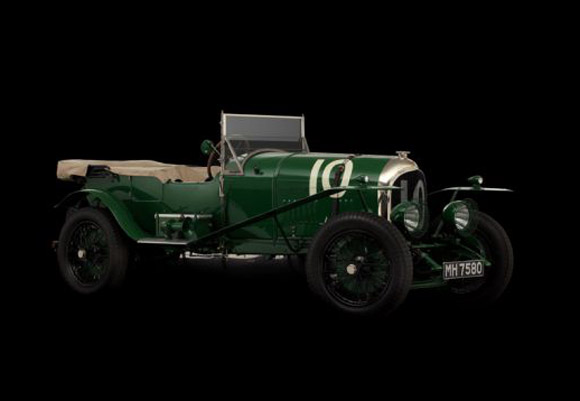
James Mann / Art of the Le
Mans Race Car |
|
| |
|
This year (2013) was the 90th
anniversary of the very first 24 Hours of Le Mans. At
4 PM on May 26, 1923, shortly after the onset of a rain
shower, the starter's flag fell. And as the assembled
cars — of which only one, a Bentley 3.0 Sport like
the one photographed here, wasn't built in France —
scrabbled away on the roughly surfaced road, the rain
turned to hail.
|
| |
 |
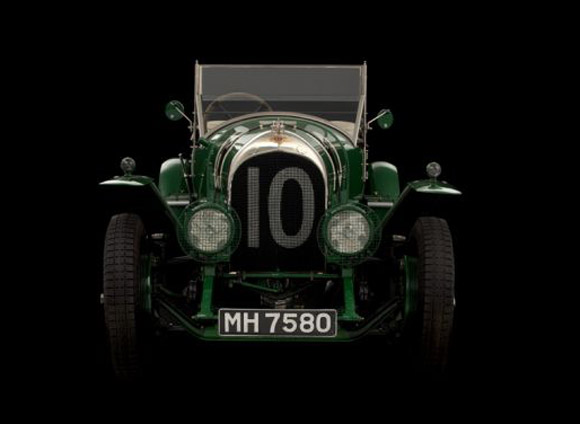
James Mann / Art of the Le
Mans Race Car |
|
| |
|
The inaugural enduro at Le Mans was
billed as the first of three trials for the Rudge-Whitworth
Cup, the idea being that after three years of competition,
the winner would be decided at a final run-off. The
concept would not see the end of the decade and its
description in The Autocar gives some idea as
to why it didn't find traction:
|
| |
 |
| |
"He would have been
a clever man who could have indicated what
constituted the basis of the Rudge-Whitworth
Cup. A minimum distance had to be covered
in the two rounds of the clock, this distance
being in proportion to the size of the engine
and rising from 503 miles for the 1100cc
Amilcar to 968 miles for the big French
Excelsiors. All those covering this distance
would qualify for the following year's race.
Such a basis, however, left the race without
a winner, and was as unsatisfactory for
the drivers as for the public."
|
|
 |
|
|
| |
|
It was the entrants who, in effect,
blew a raspberry at the idea that this would be a sedate
reliability trial. As The Autocar's correspondent
noted, approvingly:
|
| |
 |
| |
"The first half hour
indicated, however, that the great majority
of the competitors had no intention of handicapping
themselves by any considerations of a minimum
distance, and that for a number of them
it was going to be a race throughout."
|
|
 |
|
|
| |
 |
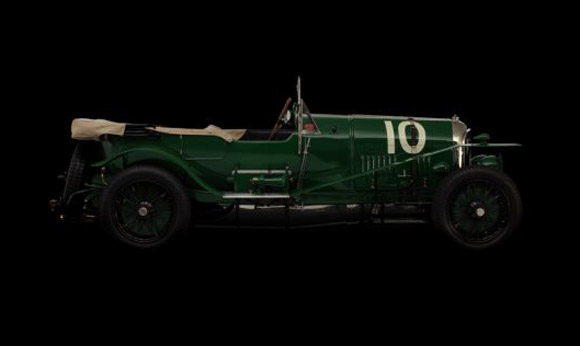
James Mann / Art of the Le
Mans Race Car |
|
| |
|
Heavy rain made the
1923 Le Mans 24 Hours a miserable experience for all
concerned — none more than Bentley drivers John
Duff and Frank Clement, who raced without helmets or
goggles throughout.
Duff, born in China to Canadian parents, was a colourful
character who had, amongst other racing activities,
acquired a 1908 Fiat Grand Prix car which he had campaigned
at Brooklands until its engine blew in half. Having
disposed of the Fiat's remnants (to a fellow racer who
would rebuild it with a 22-litre aircraft engine…)
in 1922, Duff set his sights on the newly announced
24-hour race at Le Mans and entered a Bentley 3.0 Sport
under his own name for the first edition of the vingt-quatre
heures.
In this enterprise he would be partnered by Bentley
test driver Frank Clement, who duly gave the car its
first test run along the company's preferred route:
out of the workshop and north up the A5 towards Stanmore,
where Brockley Hill stood as a test of each Bentley's
ability to accelerate under load.
|
| |
 |
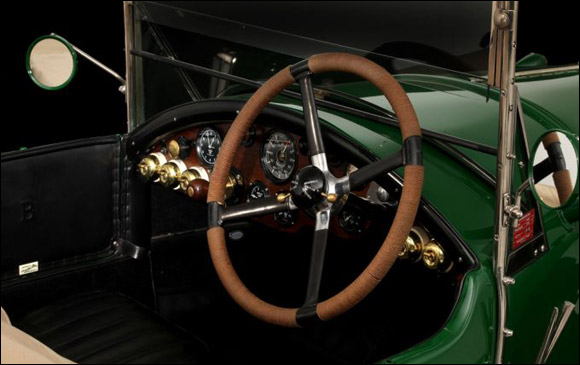
James Mann / Art of the Le
Mans Race Car |
|
| |
|
W.O. Bentley himself?
He thought the race was a terrible idea, and only revised
his opinion after witnessing his car giving ‘em
what for.
Duff and Clement kept the leading Chennard et Walcker
cars honest in the opening hours, but as darkness fell
a stone penetrated one of their headlights. Chennard
et Walcker offered to give them a spare, but Duff and
Clement elected to continue, reasoning that they would
lose more time in stopping to change the light —
with only one person allowed to work on the car at a
time — than they would in muddling along with the
holed one working intermittently. By dawn, the Bentley
was two laps down on the leader.
Duff took the wheel at 9 AM and set lap record after
lap record in pursuit of the two cars ahead, but shortly
before midday the Bentley sputtered to a halt. A stone
had holed its fuel tank. Duff made best speed on foot
back to the pits—a distance of three miles —
while the stewards determined that Clement could borrow
a bicycle to pedal back to the stranded car with what
petrol he could carry once Duff had arrived. This he
did, thoughtfully slinging the bicycle into the back
of the Bentley so it could be reunited with its owner
once he brought the car in.
|
| |
 |
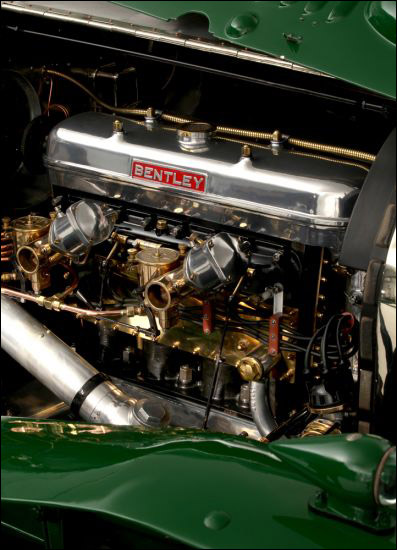
James Mann / Art of the Le
Mans Race Car |
|
| |
|
Repairs cost over two
hours, and while Clement broke the lap record once he
returned to the course, there would be no catching the
leaders. Bentley would have to settle for fourth place.
Shifting the date to June for 1924 delivered better
weather. Bentley won, but then in 1925 fell foul of
a rule change which dictated that all cars had to run
with their soft-tops erected until the first fuel stop,
a minimum of 20 laps. Bentley hadn't calculated the
effect this would have on fuel consumption. The car
photographed here (well, most of it — few cars
of the period are fully original this long after the
fact) stopped at the Pontlieue hairpin, out of fuel.
Bentley went on to dominate the race in the second half
of the decade, breaking the domestic monopoly on the
entry and setting the annual enduro on its way to legendary
status.
|
| |
| Below
are even more great photos of this Bentley 3.0 Sport,
which appear in Art of the Le Mans Race Car by Stuart
Codling with photography by James Mann. Coming out in
December 2013; available for pre-order now. |
| |
 |
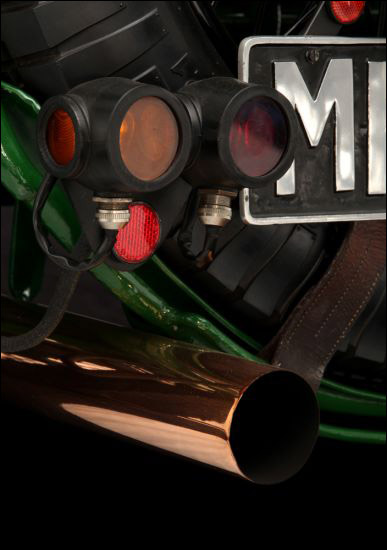
James Mann / Art of the Le
Mans Race Car |
| |
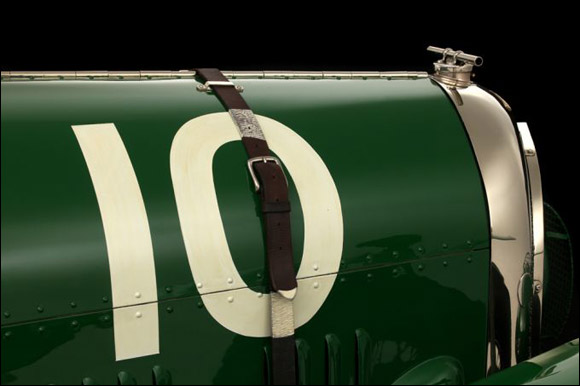
James Mann / Art of the Le
Mans Race Car |
| |
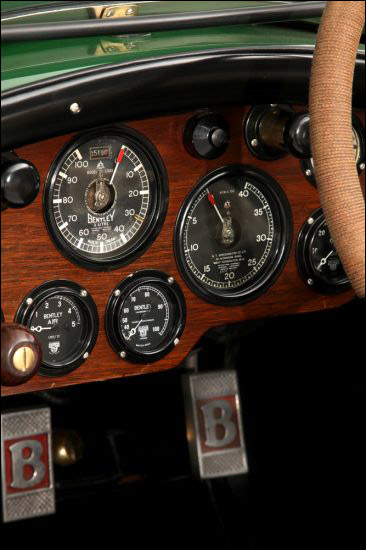
James Mann / Art of the Le
Mans Race Car |
| |
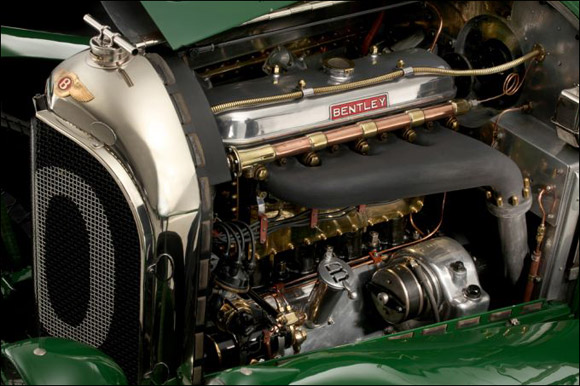
James Mann / Art of the Le
Mans Race Car |
| |
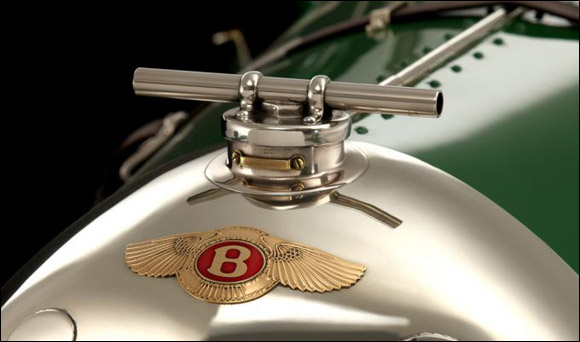
James Mann / Art of the Le
Mans Race Car |
| |
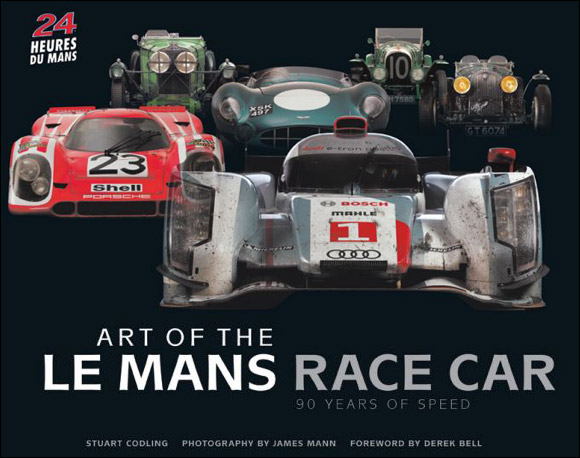
Motorbooks, 2013
Art of the Le Mans Race Car: 90 Years of Speed by
Stuart Codling with Photography by James Mann
|
|
| |
| |
First published
in Motorbooks By Stuart Codling on September 30, 2013
Posted here on Jan 21, 2015 |
| |
| Chassis no.
1138 |
| |
| |
| |
| |
| |
|
 |
 |
 |
Sep 30, 2020 - Info and photograph received from Simon Hunt for Chassis No. RL3439 |
 |
 |
Sep 30, 2020 - Info and photographs received from Dick Clay for Chassis No. 147 |
 |
 |
Sep 29, 2020 - Info and photographs received from Ernst Jan Krudop for his Chassis No. AX1651 |
 |
 |
Sep 28, 2020 - Info and photographs received from Lars Hedborg
for his Chassis No. KL3590 |
 |
 |
Sep 25, 2020 - Info and photograph added for Registration No. XV 3207 |
 |
 |
Sep 24, 2020 - Info and photograph added for Registration No. YM 7165 |
 |
| [More] |
 |
|
|
|
 |
|
|
 |
 |
 |
|
CLUB TALK
Upcoming Vintage Bentley Events |
 |
|
|
 |
 |
 |
|
|
 |
| |
|